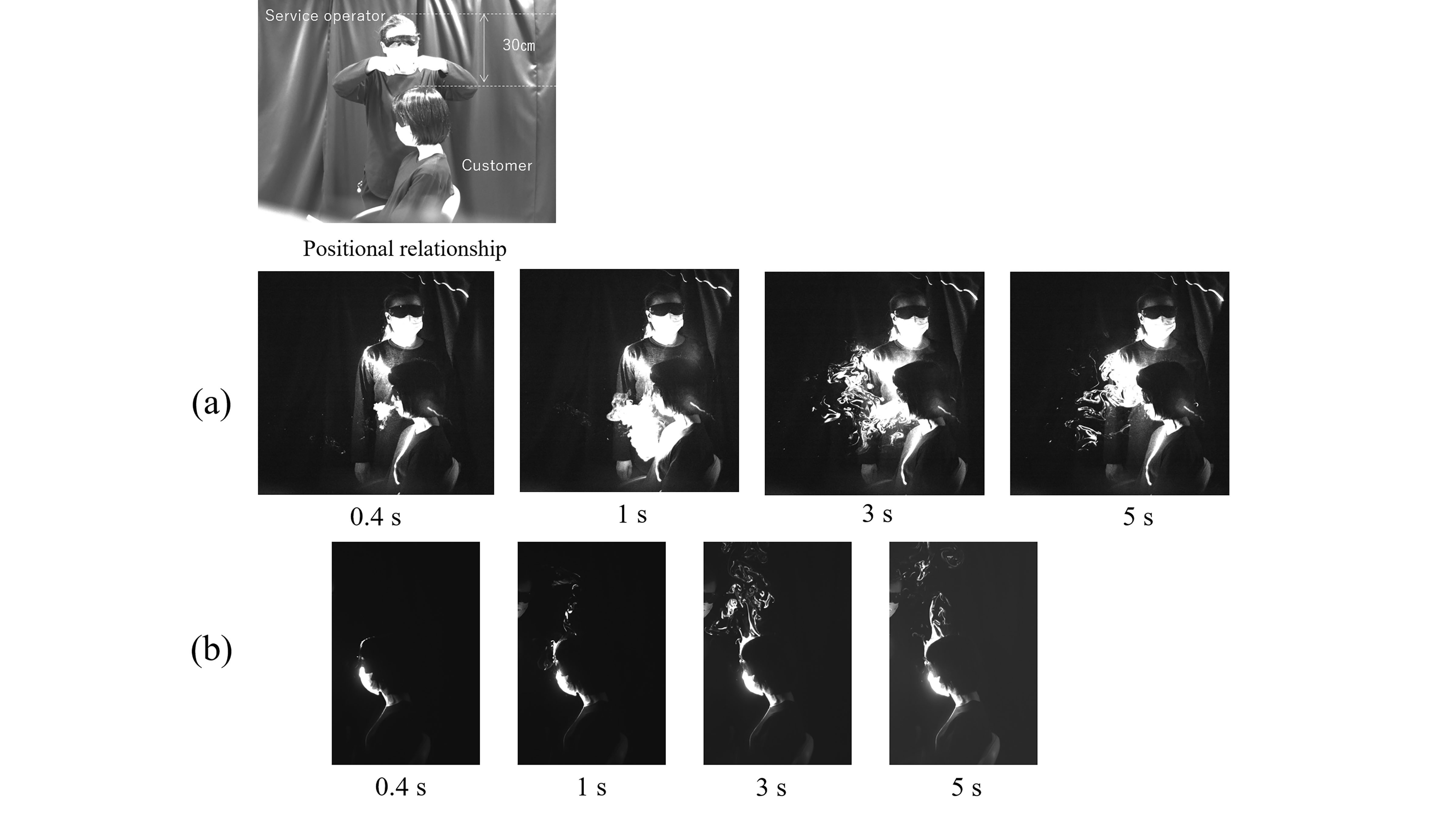During the 2020 lockdowns, residents of affluent areas in Salt Lake County, Utah were able to stay at home more than residents of the least affluent zip codes, suggesting that the “essential worker” occupations of the least-affluent areas, which are also the highest minority populations, placed them at greater risk for contracting COVID-19. Subsequently, the least-affluent zip codes experienced nearly ten times the COVID incidence rate of affluent areas.
Tag: Service industry

Simply Speaking While Infected Can Potentially Spread COVID-19
COVID-19 can spread from asymptomatic but infected people through small aerosol droplets in their exhaled breath. Most studies of the flow of exhaled air have focused on coughing or sneezing; however, speaking while near one another is also risky. In Physics of Fluids, scientists used smoke and laser light to study the flow of expelled breath near and around two people conversing in various relative postures commonly found in the service industry, such as in hair salons, medical exam rooms, or long-term care facilities.